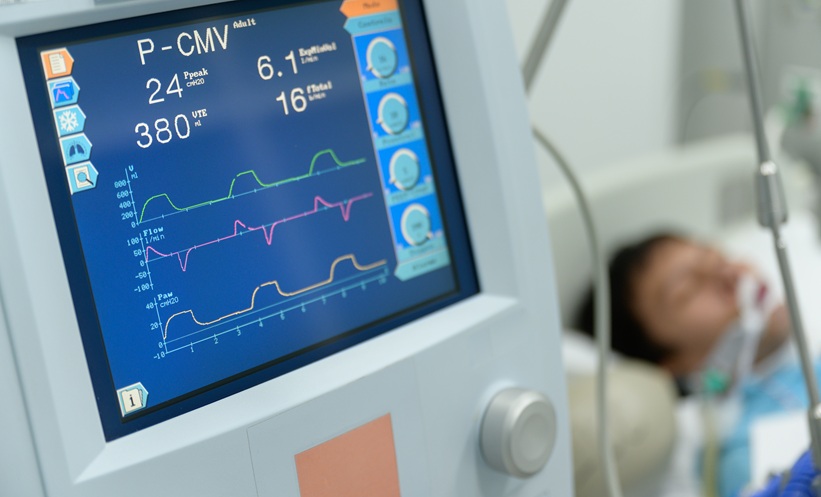NECROTISING lung infections (NLI) significantly affect the course and outcomes of patients requiring veno-venous extracorporeal membrane oxygenation (VV-ECMO). This is according to a large retrospective cohort study spanning more than a decade. These infections, though rare, present a substantial challenge in the management of severe respiratory failure.
Researchers analyzed 125 adult patients placed on VV-ECMO for severe respiratory infections between 2010 and 2023. Among these, 38 patients (30.4%) were diagnosed with NLI, which included necrotising pneumonia, lung abscess, or cavitation confirmed by computed tomography. The majority of cases developed after viral pneumonia complicated by secondary bacterial infection, with multi-lobar disease present in nearly three quarters of patients.
The timing of hospitalization before ECMO initiation emerged as the strongest predictor of outcome. Survivors had a shorter pre-ECMO hospital stay than non-survivors, with a median of 2 days compared with 8 days. In contrast, the duration of mechanical ventilation before cannulation showed no significant effect on survival.
While overall survival was limited, the study observed differences based on infection origin. Patients with community-acquired pneumonia had a considerably higher survival rate compared with those with hospital-acquired pneumonia (38% versus 14%), though the difference did not reach statistical significance. Additional complications, including empyema and bronchopulmonary fistula, were associated with particularly poor outcomes, with only one in twenty patients surviving.
Surgical approaches were rarely successful. Five patients underwent lobectomy, but all died despite the intervention. Overall, nine patients (24%) with NLI survived to discharge and remained alive at one year of follow-up, suggesting that despite the severity of these infections, ECMO-supported patients still retain a reasonable chance of survival.
The findings highlight the higher-than-expected incidence of NLI in ECMO patients and underscore the importance of early recognition and timely initiation of advanced support strategies in determining outcomes.
Reference: Berden J et al. Necrotising Lung Infections and Respiratory ECMO-Incidence and Outcome A Retrospective Cohort Study in Adult Patients. J Intensive Care Med. 2025; doi: 10.1177/08850666251363944








